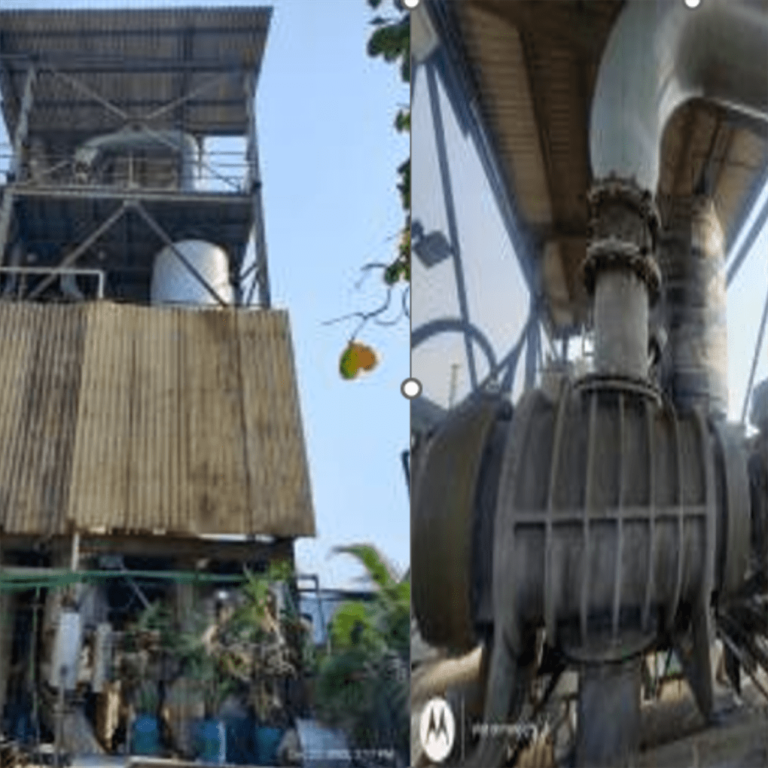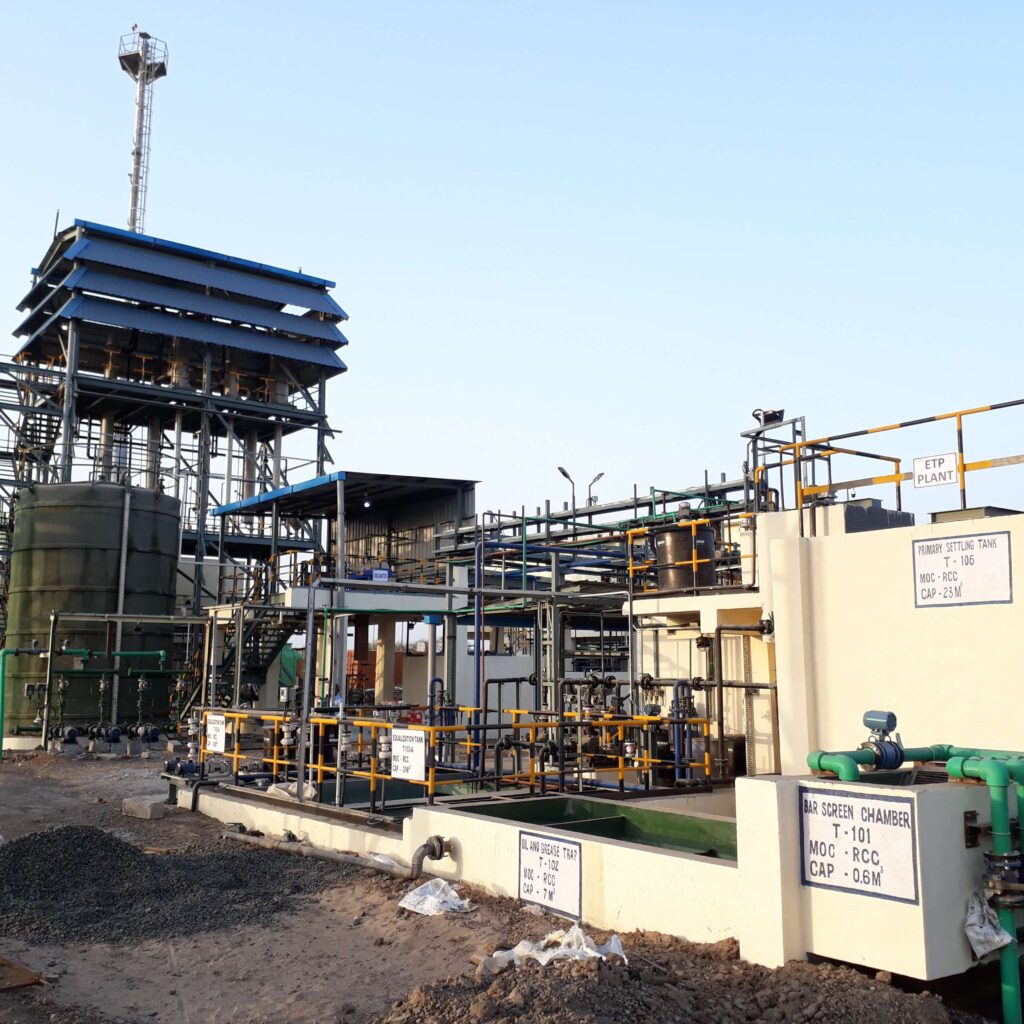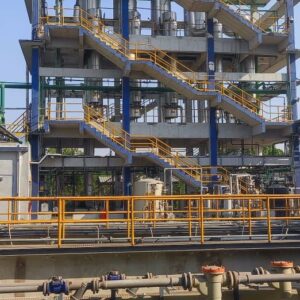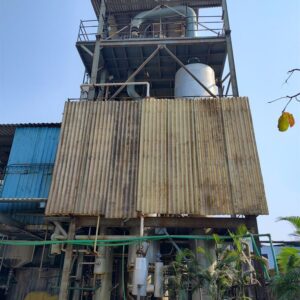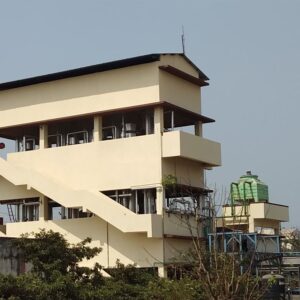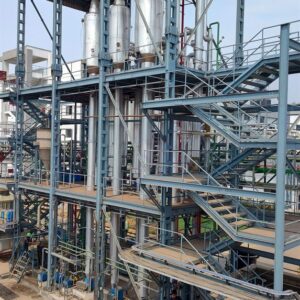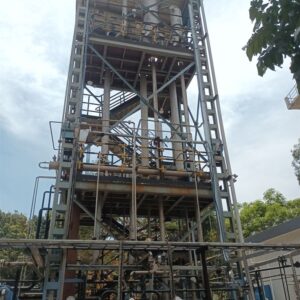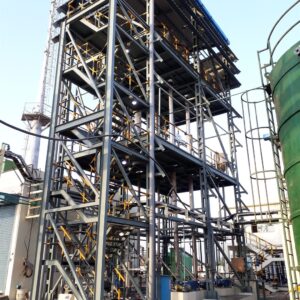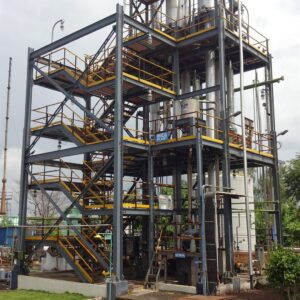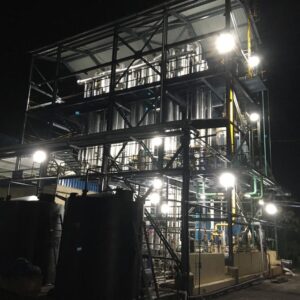Goldfinch Evaporation Systems specializes solely in designing and implementing Evaporator & ZLD Projects tailored to the needs of the wastewater and process industry, including multiple effect evaporators, Mechanical Vapour Recompressor Evaporator(MVRE), Agitated Thin Film Dryers and Stripper Systems.
Utilizing cutting-edge software for thermal design, our Design team customizes Evaporation systems to optimize both initial investment and ongoing operational costs.
Get a Quote on MEE within 1 working day!
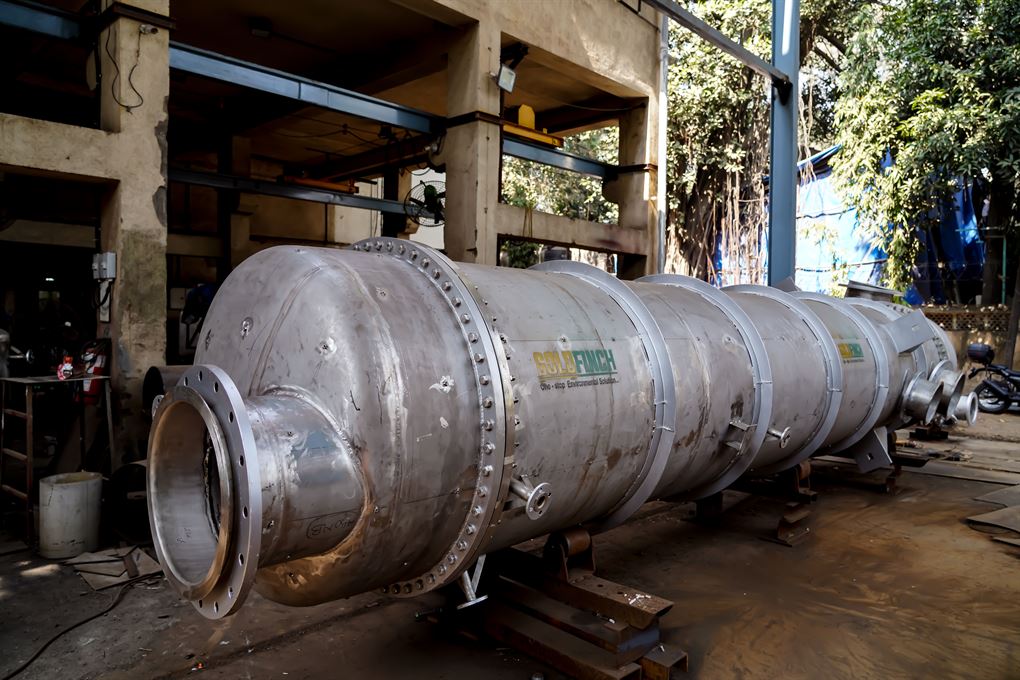


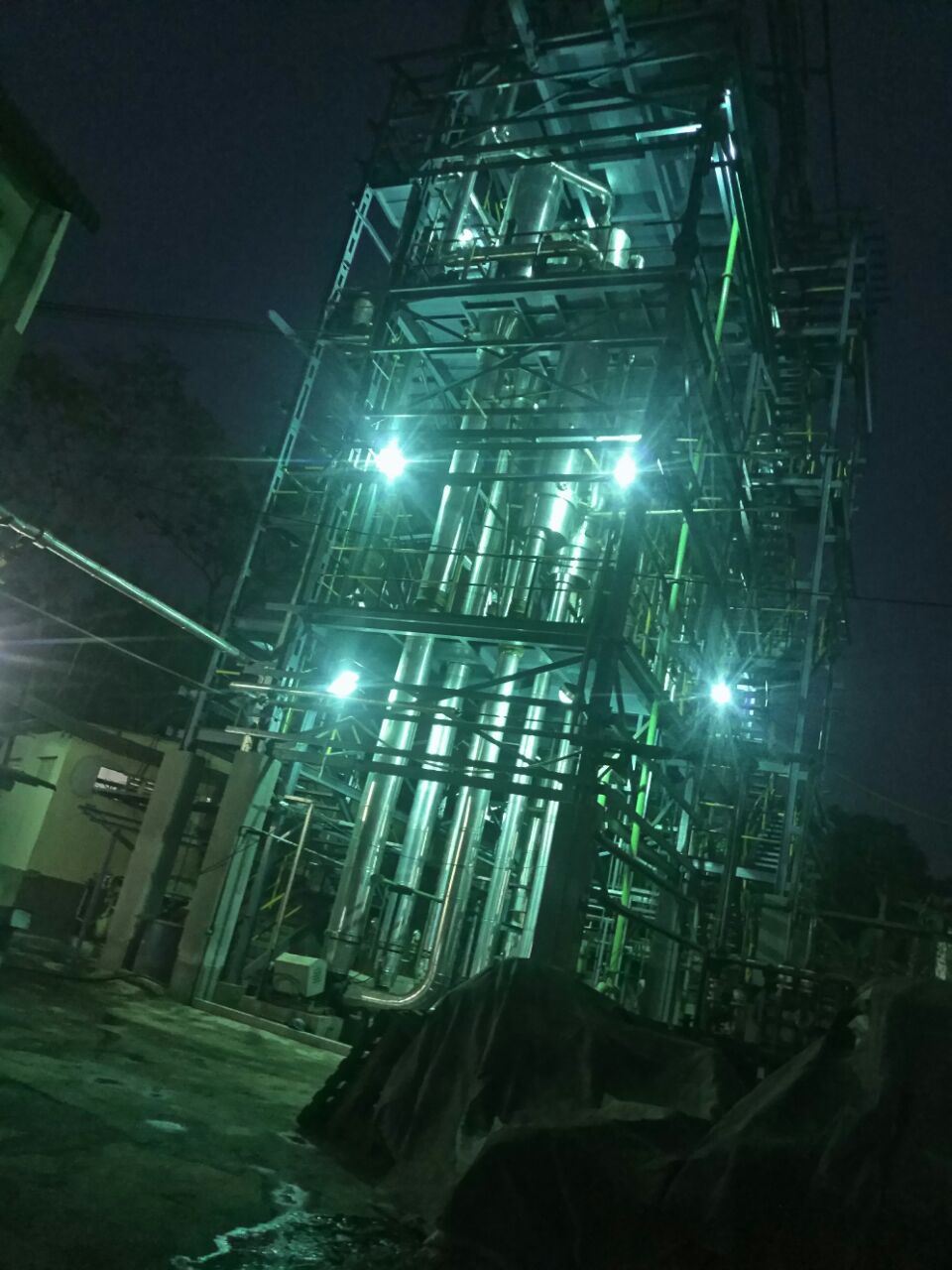
Who We Are
Goldfinch Evaporation Systems has executed numerous projects such as Multiple Effect Evaporator (MEE), Mechanical Vapour Recompressor Evaporators (MVRE), and Salt recovery systems across India and internationally.
Many of our projects involve complex wastewater compositions containing various salts and organic compounds, as well as process effluents and RO reject streams.
We operate our own manufacturing facility spanning 10,000 square feet for the fabrication of Heat exchangers, Pressure Vessels ensuring quality control and timely delivery.

Multiple Effect Evaporator (MEE)
- In the Multiple Effect Evaporator System, Steam or Hot oil is introduced into the shell side of the Heat Exchanger in the first stage. The vapor generated in this stage serves as the heating medium for the second stage, while the vapor separated in the second stage is utilized for heating in the third stage, and so forth. This sequential utilization enhances steam economy. Optimizing the number of effects (stages) is crucial for achieving an optimal balance between steam economy and minimizing capital expenditure.
- In addition the vapour recompressed from the succeeding effect can be used for heating the same effect.
- Concentrated solute is passed onto the succeeding stages
- By theory to evaporate 1 kg of water we require 1 – 1.2 kg of steam.
- But in Multiple effect 1 kg of steam will evaporate more than 1 kg of water depending on the no. of effects.
- By theory we get steam economy = no. of effects i.e. in a three effect evaporator 1 kg of steam will evaporate approx. 3 kg of water.
Thermo Vapor Recompression Based Evaporator (TVR)
- Uses Kinetic Energy of Steam
- No Moving Part
- Practically Zero or low maintenance
- Systems employing TVR have requirement of higher Footprint areas
- Steam dependent
- Low Requirement of Power
- In TVR based systems Utilities are required
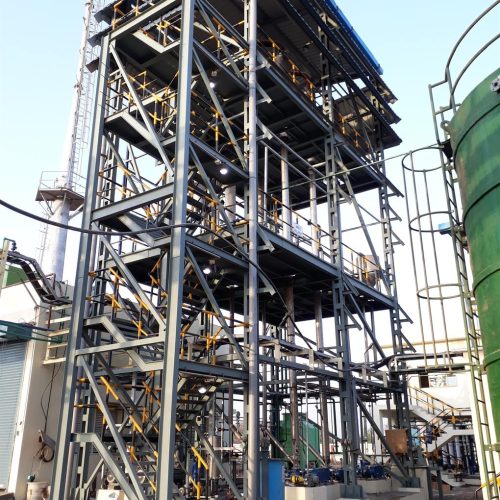
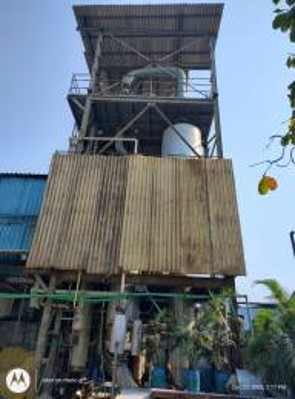
Mechanical Vapour Recompression Based Evaporators
- Very less / minimal motive steam is required
- Uses Mechanical Movement of Lobes / Fans
- Involvement of Moving Parts
- Requires Maintenance
- Systems employing MVR have requirement of lower footprint areas
- Higher Requirement of power
- In MVR based systems No or very less utilities are required
Our Projects
FAQs | Multiple Effect Evaporator
In wastewater treatment, conventional biological processes face limitations when dealing with high Total Dissolved Solids (TDS) wastewater. Microbes struggle to survive in such environments, rendering biological treatments ineffective. Additionally, these processes prove inefficient in treating high refractory or low Biochemical Oxygen Demand (BOD) / Chemical Oxygen Demand (COD) ratio wastewaters.
While Reverse Osmosis (R.O) presents a potential solution, it falls short in handling high TDS and high COD effluents, leading to membrane fouling and decreased efficiency. Moreover, alternative treatment options often prove impractical or economically unfeasible.
To address these challenges, evaporation systems emerge as a viable and effective solution. By employing evaporation technology, industries can efficiently concentrate wastewater, reducing its volume and enabling more manageable treatment processes. Evaporation systems offer a sustainable approach to wastewater management, ensuring compliance with environmental regulations while minimizing operational costs.
In summary, the implementation of evaporation systems plays a crucial role in enhancing wastewater treatment efficiency, especially in managing high TDS and refractory wastewaters. Embracing this technology facilitates sustainable and cost-effective solutions for industries facing wastewater treatment challenges.
For increasing the steam economy. The kinetic energy of the high pressure steam is used for conversion to latent heat. The low pressure vapour will be compressed and reused in the same exchanger for heating where the heat transfer co – efficient is maximum.
0.9 – 1.1 bar absolute
Not advisable as it may contain impurities.
Between 40 – 45 degrees Celcius.
32 Degree celcius at the cooling tower basin. The delta T between the inlet and outlet temperature of cooling tower is 5 degree celcius.
705 mm hg at no load. (Without steam)
Water ring as water in the water ring does not require frequent changing as in the case of oil ring vaccum pump.
Axial flow pumps are high volume and low head pumps. As axial pumps are open impeller pumps they do not clog while handling the concentrated solids in the recirculating line. They have very minimal maintainace.
Ideally once every 15 days with 2 % nitric acid. But at least once in a month should be done. Every week wash the condenser with hot condensate or clean water at least once.
Agitated Thin Film Dryer is required only when the concentrated salts are sticky in nature and not free flowable. Also ATFD required very less labour as compared to basket centrifuge and moisture level attained in ATFD is between 5 – 10 %. If the salts are majority sodium chloride or sulphate basket or pusher centrifuge will work.
Falling film evaporator require less power for the circulating pumps providing lesser operating cost. But with wastewater effluents which contain very aggressive and high amount of solids they tend to chock very often leading to frequent breakdowns.
MVR involves moving parts as steam compression is done mechanically. TVR has no moving part and practically no maintenance. Steam required in MVRE is very less. Since the compression is done by power, the power required to compress the vapour is high. MVRE becomes a very attractive option where the steam cost is high and the footprint area available is low. Also MVRE does not add to the condensate load as in case of TVR based evaporator, as the steam condensate does not mix with the evaporated process condensate and so the upstream polishing treatment becomes cheaper.


